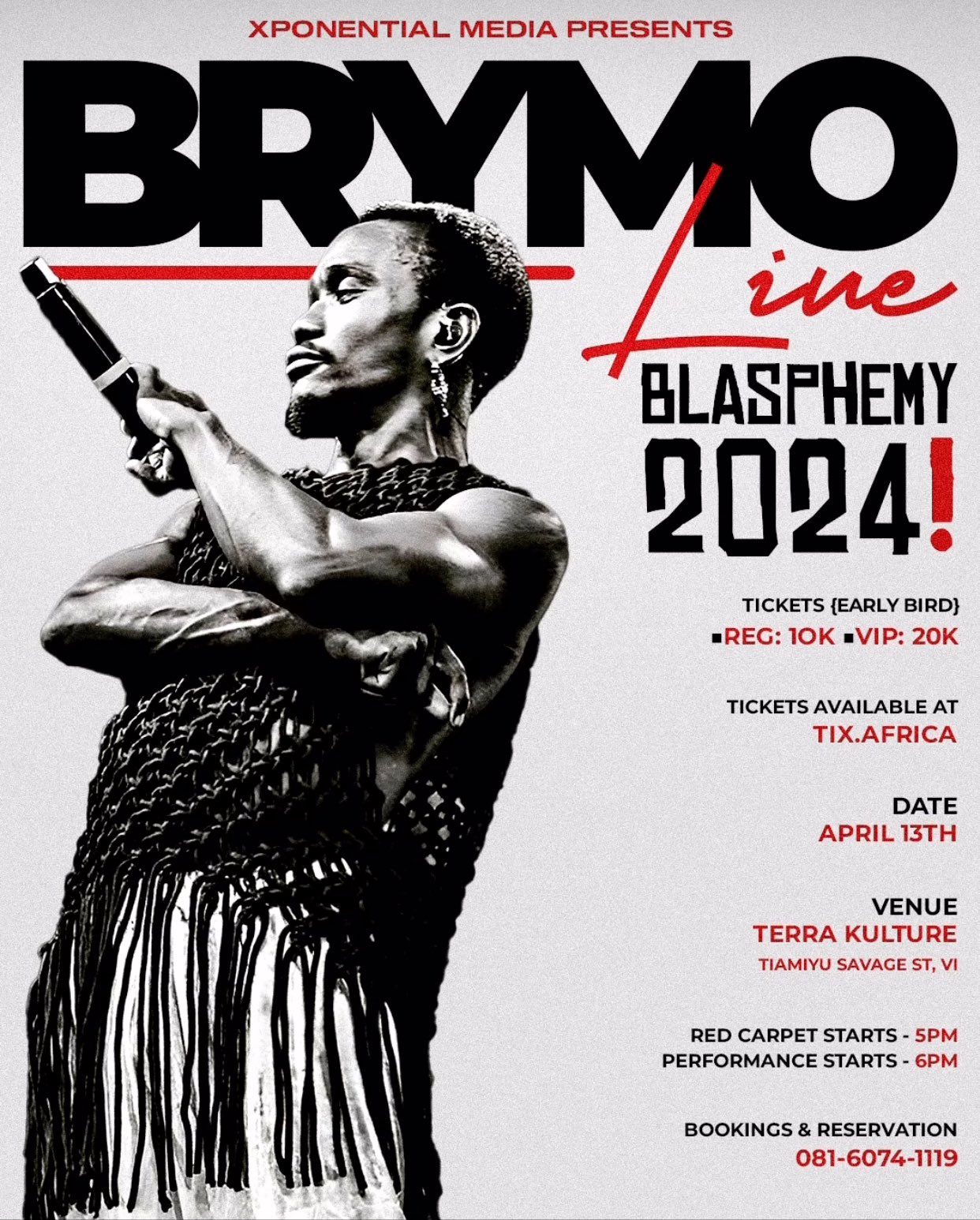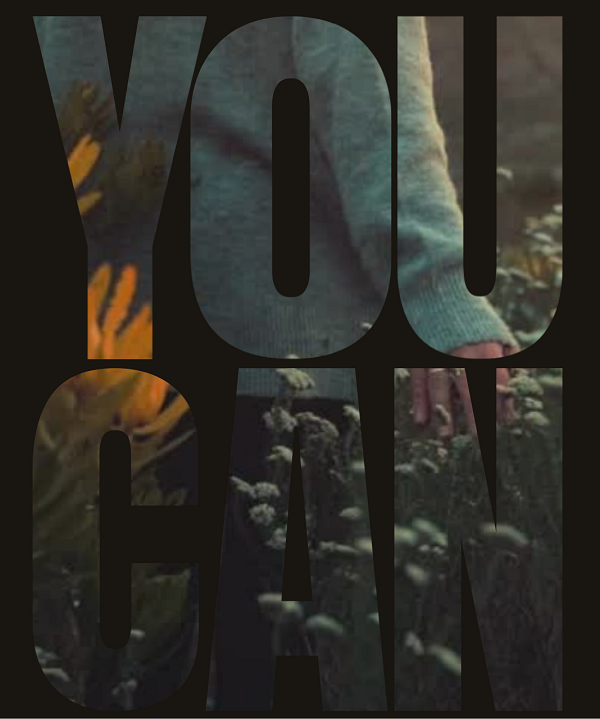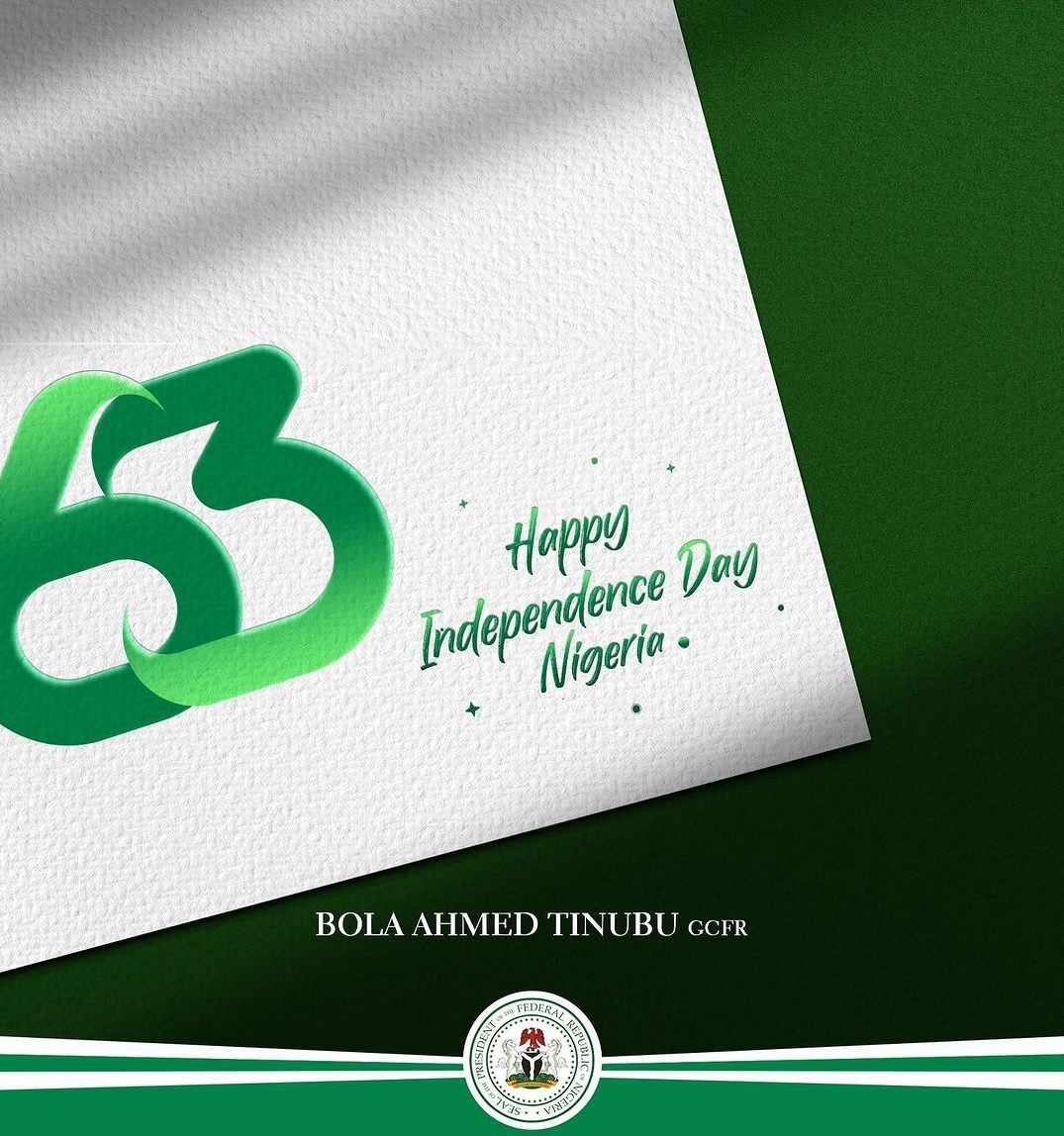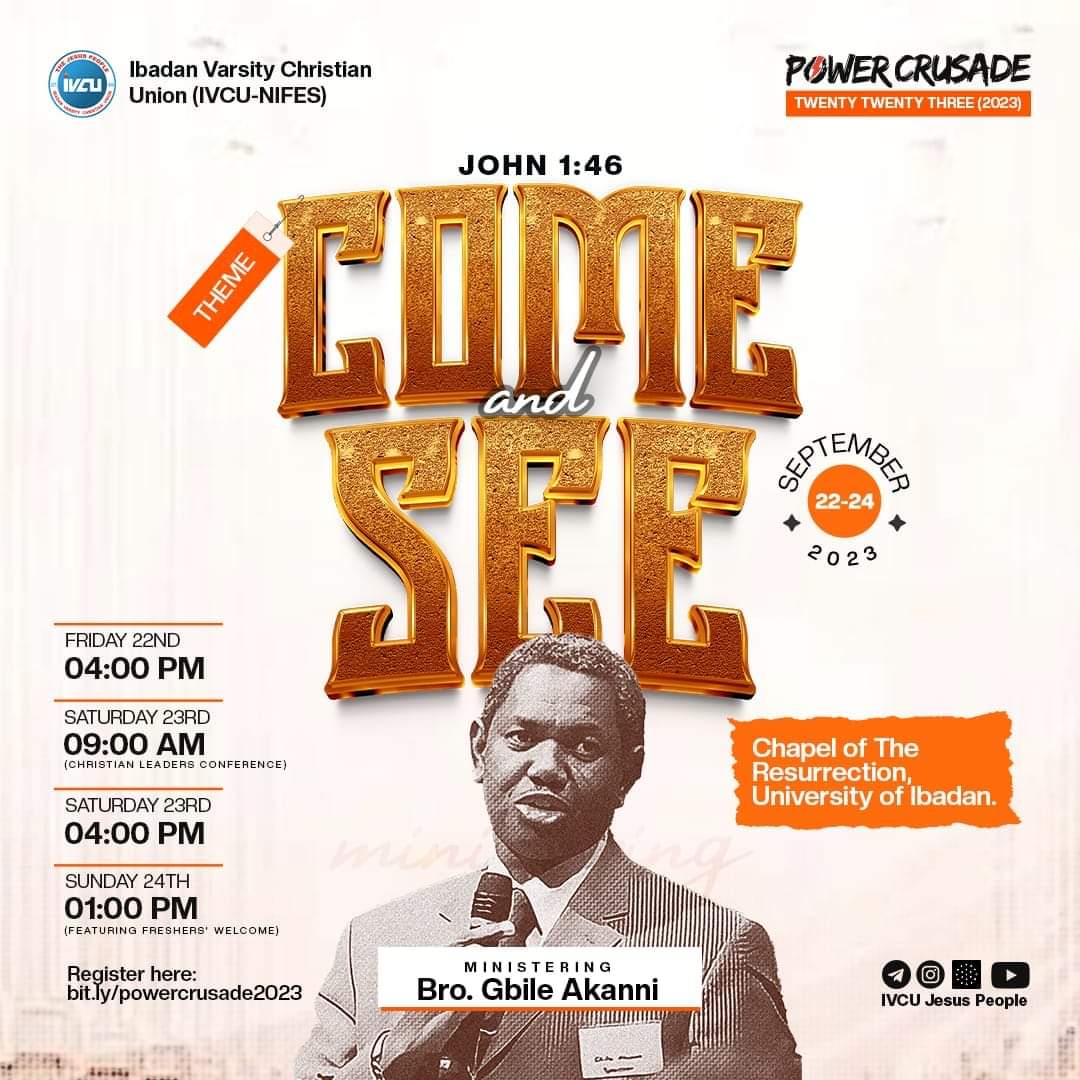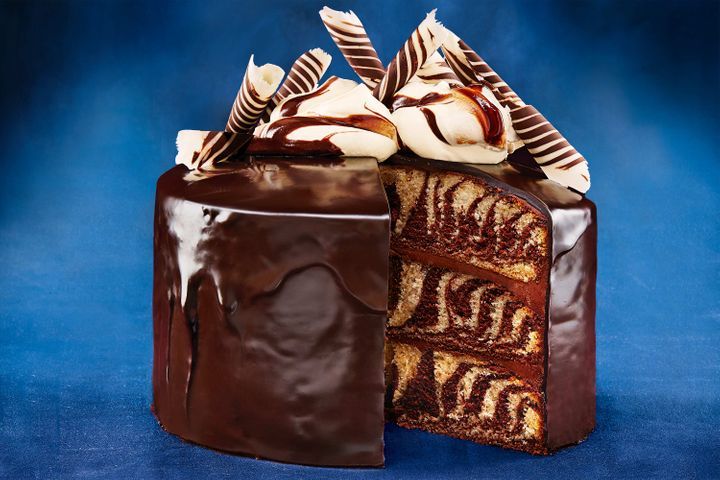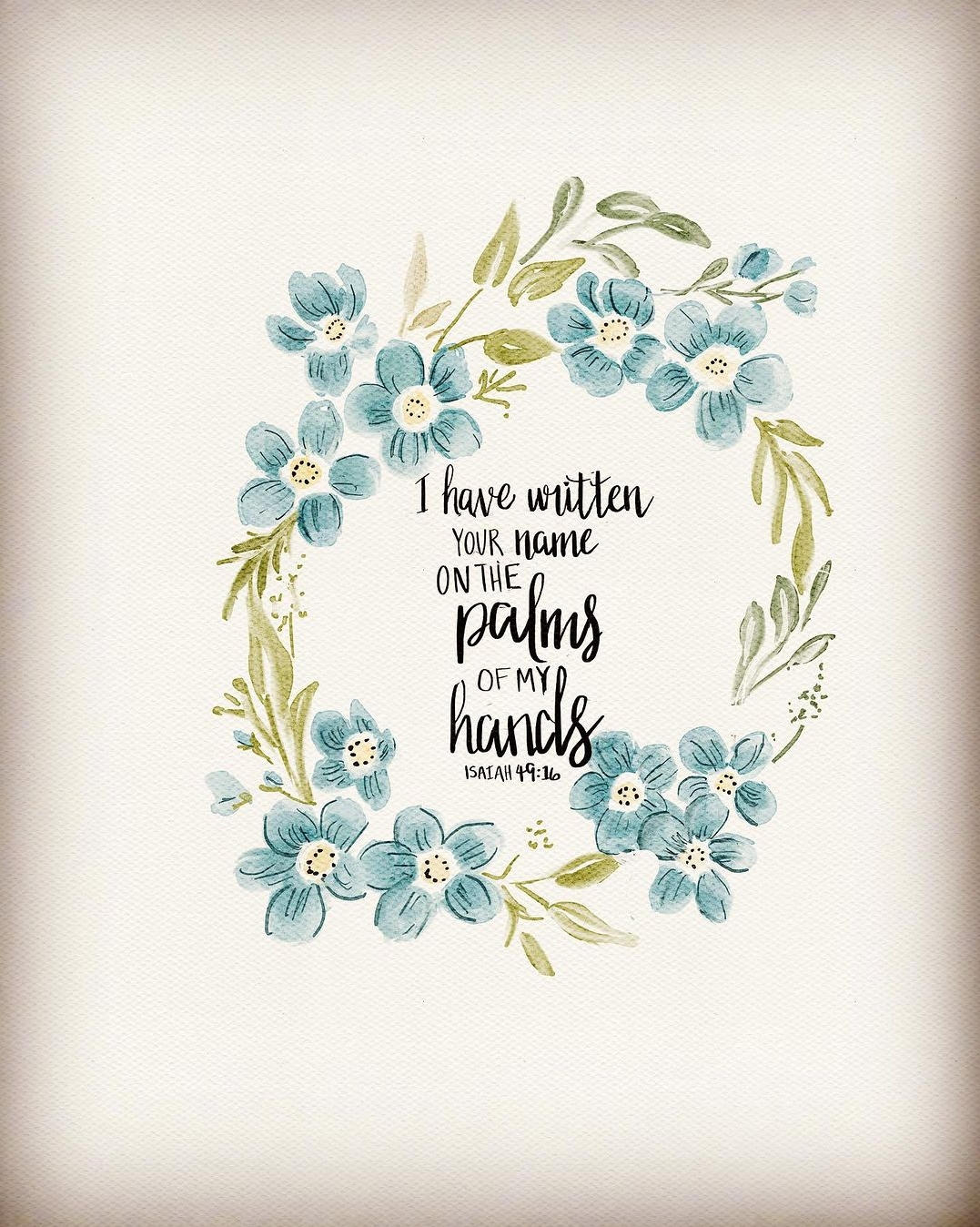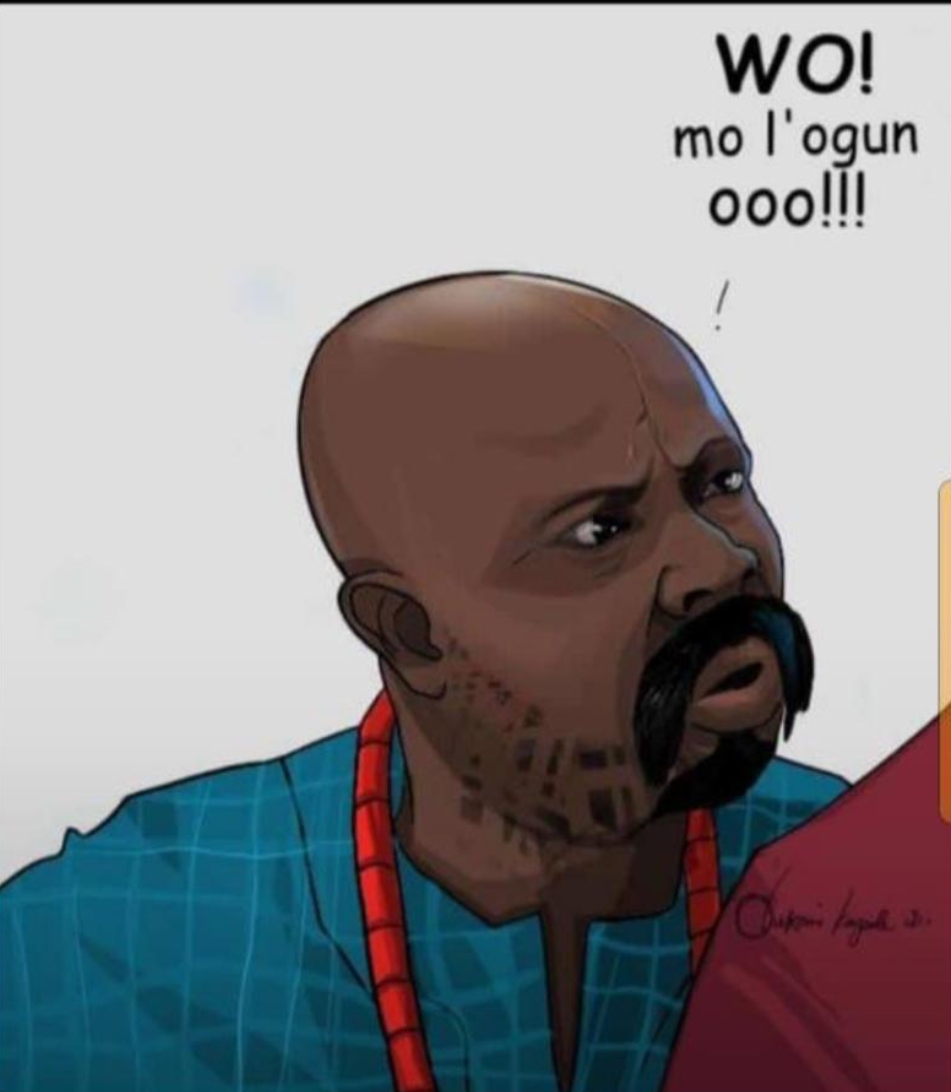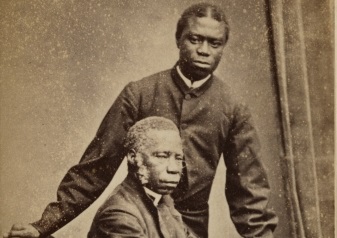
Samuel Ajayi Crowther was a man from a simple West African village who as a lad, was rescued by the British Man-O-War to become in due course, the first African Bishop of modern times, and scholar, honoured by the Oxford University for his translation work. Ten times in seventy years he went to England. He was not only in great demand everywhere as a speaker, but was received in audience by Queen Victoria and the Prince Consort, and was consulted by Lord Palmerston when Prime Minister, and by many other men of affairs.
Physically small of stature, he was incredibly tough, had many escapes from situations of extreme danger during his work of fostering the young Nigerian Church, and seemed immune to the fevers which earned for West Africa at the time the title of the “white man’s grave”. Crowther died on December 31, 1891, at the age of about eighty-nine, a great and honoured son of Africa. Crowther’s wife, like himself, was rescued from slavery. Their son, Dandeson also played a distinguished part in the life of the church in Eastern Nigeria, and was Archdeacon in charge of the Niger Delta work. He died on January 5 1938.
Boyhood
In 1821, the town of Oshogun was destroyed by Fulah slave-hunters, and its Egba inhabitants carried away. Among the captives were the wife of an Egba who supposedly died in defence of his home , and their three children, an eleven year old boy and two younger girls. That by, Adjai, was Samuel Crowther, the future Bishop of the Niger. During the next few months, little Adjai, separated from his mother and sister, was sold in succession to five masters, being generally bartered or tobacco and rum. One dreadful fear haunted him through all these changes. This was in case he was sold to the ‘white’Portuguese slave traders on the coast. But his fifth master sold him to a Portuguese trader at Lagos, and there he was chained in the old barracoon or slaveshed until he was shipped with 186 other slaves in a ship bound for Cuba or Brazil.
The first day out of ship, the slaver was seized by H.M.S. “Myrmidon” belonging to the British squadron then patrolling the coast. On June 17, 1822, the slaves rescued by the “Myrmidon” were landed at Sierra Leone and distributed among the villages. Adjai was sent to Bathurst in colony area. There he went to school and on being baptised a few months later was given the name Samuel Crowther, after one of the early founders of the Church Missionary Society. When one of the schoolmasters left Barthurst in 1826, and returned to England he took Crowther with him. For a few months, Crowther attended a parochial school in Islington (London) and returned to Sierra Leone in the following year just when Fourah Bay College was being set up. The first name on its roll of students was Samuel Crowther. He soon became assistant teacher and afterwards a tutor at the college.
Niger Expeditions
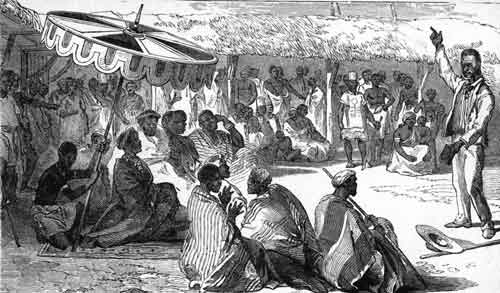
For some time in England, plans had been discussed for organising a Niger expedition to establish commercial relations with African chiefs and and to put down slave trading. Crowther was asked by the C.M.S. to accompany the expedition which entered the mouth of the Niger on August 20, 1841. It was an ill-fated attempt and although the expedition got as far as Abo and Idda, forty-two Europeans out of 150 died of fever in two months and one of the few tangible results of the expedition was Crowther’s reports on the attempt. But if the first Niger expedition produced very little result it certainly did Crowther, personally, quite a bit of good. The C.M.S. in London were impressed by Crowther’s journals of the expedition and sent for him to go to England, placed him in Islington College, and within a few months he was ready for ordination. On July 11, 1843, twenty-one years after the poor frightened slave boy was landed by H.M.S. “Myrmidon” at Sierra Leone , he was admitted to the Ministry by the Bishop of London.
Shortly after he returned from Sierra Leone and as he disembarked from the ship, hundreds, who like himself had once been slaves, gathered to welcome him. But Crowther was not to be long in Sierra Leone. With a young missionary, Henry Townsend, Crowther was sent by the C.M.S. to commence a mission in Yoruba country, Townsend, just before that time having actually reached Abeokuta. And before Crowther had been three weeks in Abeokuta he came across his mother from whom he had been parted a quarter of a century before. For a large part of the time she had been in slavery, though never sent out of the country; but she had been redeemed by her two daughters.
Visit to Queen Victoria
In 1851, Crowther was received by Queen Victoria and Prince Albert at Windsor Castle. Both the Queen and the Prince studied a map showing Lagos and Abeokuta and displayed great interest in the country’s trade. During his visit to England, Crowther spent some time at C.M.S. House, translating the Yoruba language. One day, while he was there, Sir Henry Leeke, who had been captain of the vessel which captured the slave ship thirty years before, walked into the room. Crowther had never seen him since his rescue from slavery. Sir Henry invited him to his country house in Kent, and there the Yoruba clergyman preached in the Parish Church.
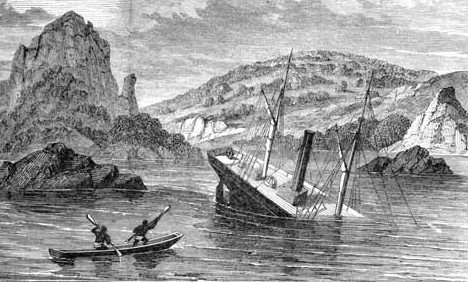
In 1857, Crowther joined the Third Niger Expedition. He started mission stations at Onitsha, Idda and Gbede. The expedition then went on to Rabbah where the ship, the “Dayspring,”drifted on the rocks and became a wreck. All were rescued by local people in canoes and a camp was set up. For twelve months the expedition waited for another ship to arrive and on the return journey, Crowther went to Onitsha and then travelled on foot by way of Ilorin and Abeokuta to Lagos in 1859.
Bishop of West Africa
By this time, the Niger Mission had become a promising affair, but European clergymen were dying quickly in the area. So Henry Fenn, head of the C.M.S. at the time, saw that the time was right to organise the mission under an African Bishop. When in 1864 Crowther came to England to report on his seven years’ Niger campaign, the Queen’s license was issued to the Archbishop of Canterbury empowering him to consecrate Crowther “Bishop of the Church of England in West African territories beyond British Dominions.” At that time also, Oxford University awarded Crowther a Doctor of Divinity degree.
Bishop Crowther made his permanent abode at Lagos paying frequent visits to the Niger stations. His work was principally at Onitsha and at the confluence of the rivers, but was later enlarged to include the whole of Niger Delta. Few men had been at the head of a harder enterprise than Bishop Samuel Crowther; few have had more disappointments and trials; few have shown so indomitable a perseverance; few have borne through a long and laborious life so irreproachable a personal reputation. He was a plain, practical, patient and hardworking Christian. Crowther died on December 31, 1891, at the age of about eighty-nine, a great and honoured son of Africa.



